ESP8285 M3 WiFi Module
The high-performance chip ESP8285 M3 WiFi module ESP-1. Enclosed within this compact chip is a powerful Tensilica L106 Diamond series 32-bit kernel CPU and an SRAM. As a result, ESP8285 M3 WiFi Module possesses all the necessary features for WiFi connectivity and can function as either a standalone device or in conjunction with another host CPU. In slave mode, ESP8285 can boot from the onboard Flash.
The built-in high-speed buffer offers both improved system performance and optimized store system functionality. Furthermore, ESP8285 M3 WiFi Module can function as a Wi-Fi adapter through SPI/SDIO or I2C/UART interface in other MCU designs.
Some notable aspects of ESP8285 M3 WiFi Module:
- The incredibly tiny dimensions.
- Establish a WiFi connection for serial communication
- Transparent wireless transmission.
- Ultra-low power long-distance transmission.
- Assist with the external antenna.
- Enduring a significantly higher temperature of 125C, as opposed to the 85ºC limit for ESP8266.
- The size of the module measures at 24.5mm in length and 14mm in width.
- With a flash memory of 1MB, ESP8285 is based on the ESP8266.
- It is completely suitable for use with ESP8266.
- WiFi connectivity includes 802.11 b/g/n/e/i compatibility.
- This product is able to withstand high temperatures, with a working range of -40℃ to 125℃.
Traits of SOC:
- Upgraded with a built-in 32-bit Tensilica CPU, the main frequency can reach 80MHz and reduce power consumption.
- In addition, the technology also offers support for RTOS at 160MHz.
- The integrated TCP/IP protocol stack;
- The device includes a 1 channel 10-bit ADC with high precision capabilities.
- The ide interfaces include HSPI, UART, I2C, I2S, IR Remote Control, PWM, and GPIO.
- The deep-sleep current measures 10uA, while the cut-off current is less than 5uA.
- It has the ability to wake up within 2 ms and immediately establish a connection for transmitting data packages.
- At standby status, the consumer power is less than 1.0mW (DTIM3).
- Includes a 1M byte capacity for SPI Flash.
- The features of Wi-Fi include:
- Provide assistance for 802.11 b/g/n/e/i connectivity.
- The system offers three modes: Station, SoftAP, and SoftAP STA.
- Back Wi-Fi Direct(P2P)
- Enable hardware acceleration for CCMP (CBC-MAC, computation mode) and TKIP (MIC, RC4).
- The SMS4 API, RC4 WEP, and CRC are all protocols that are commonly used.
- P2P discovery, P2P GO mode/GC mode, and P2P power management.
- Both WPA/PA2 PSK and WPS are security protocols commonly used in wireless networks.
- Receive support for both pre-certification and TSN under 802.11 i security.
- Backing 802.11n at a frequency of 2.4 GHz;
- Encapsulation of frames using 802.1h/RFC1042 protocol.
- Assistance in facilitating uninterrupted roaming.
- Provide assistance for AT remote updating and cloud over-the-air updates.
- Provide SmartConfig support for both Android and iOS devices.
Applying:
- Serial transparent data transfer.
- Inquiry for WiFi connectivity.
- The smart power plug and LED light are both great options for automating your home lighting system.
- Efficiently managing power consumption;
- Networks of sensors.
- As a society, we have embraced the convenience and functionality of incorporating technology into our everyday lives through wearable electronics.
- Please ensure that the security identification label is prominently displayed to guarantee proper access.
- Wireless identification of location;
- Wireless beacon for location system;
- Wireless control in industrial settings.





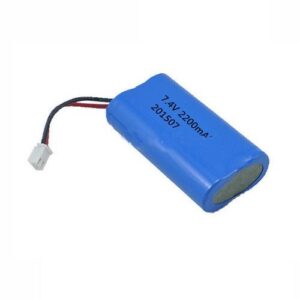
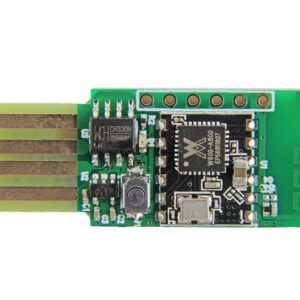
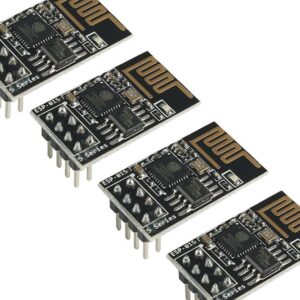
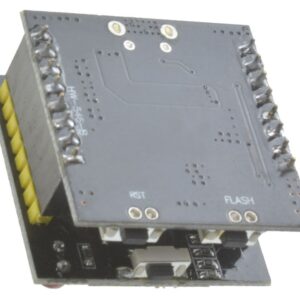

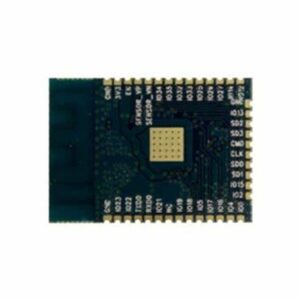

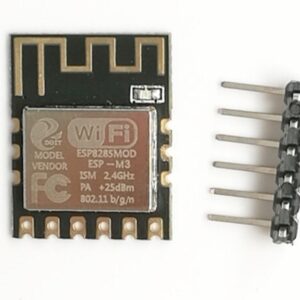
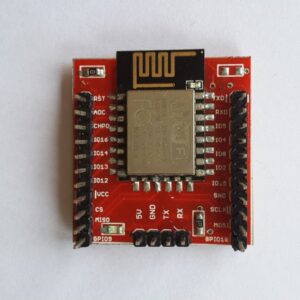
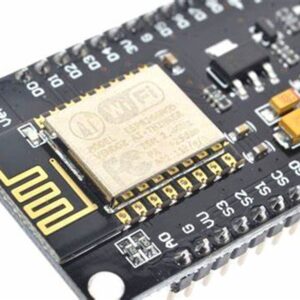

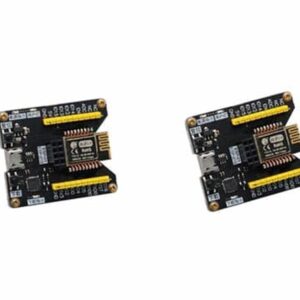
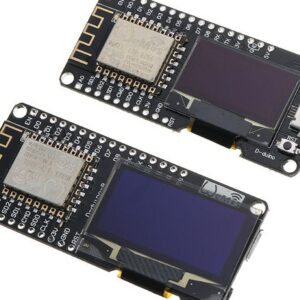
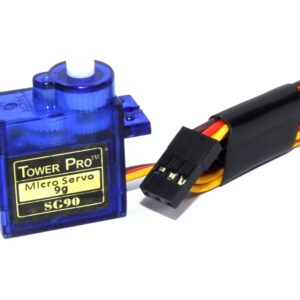

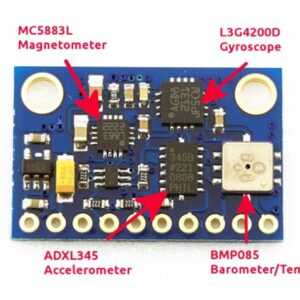
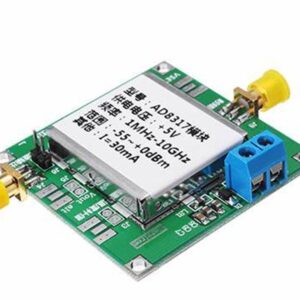

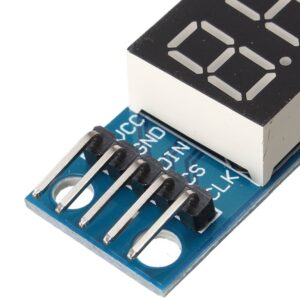
There are no reviews yet.